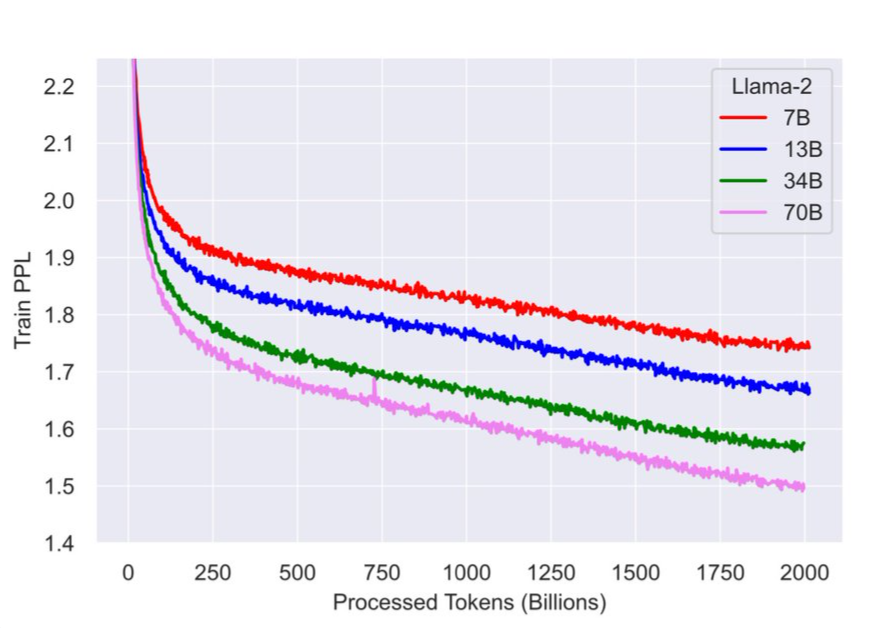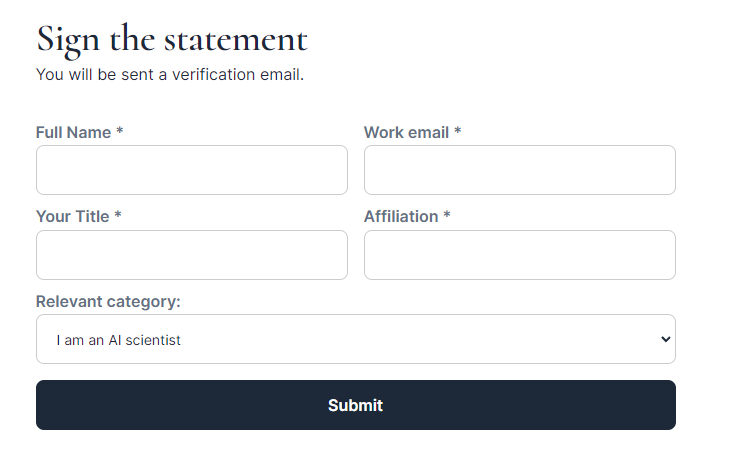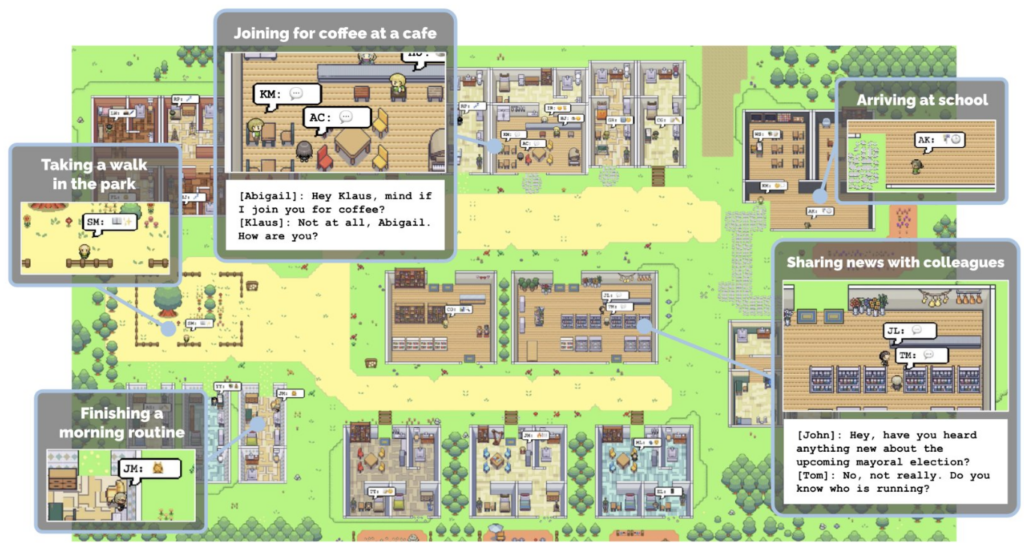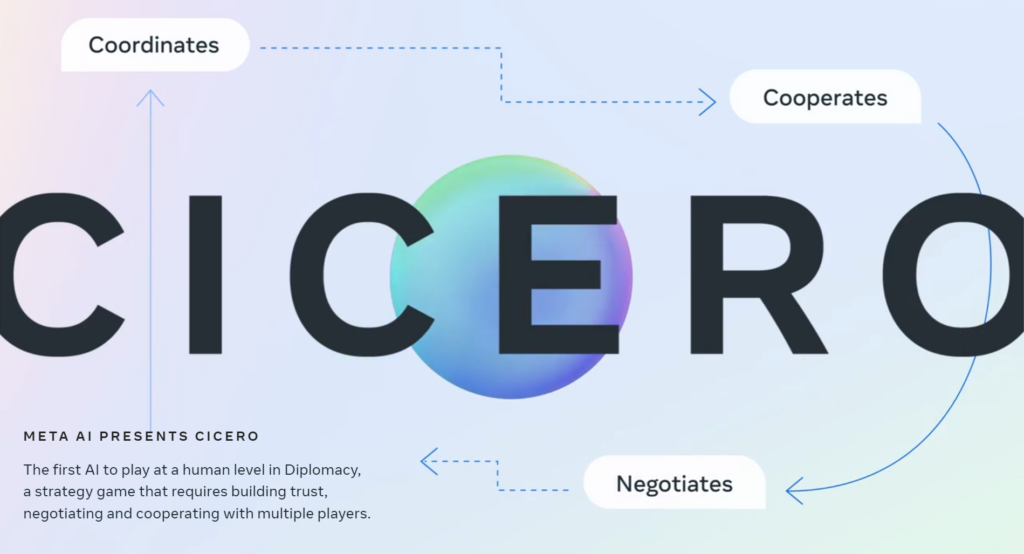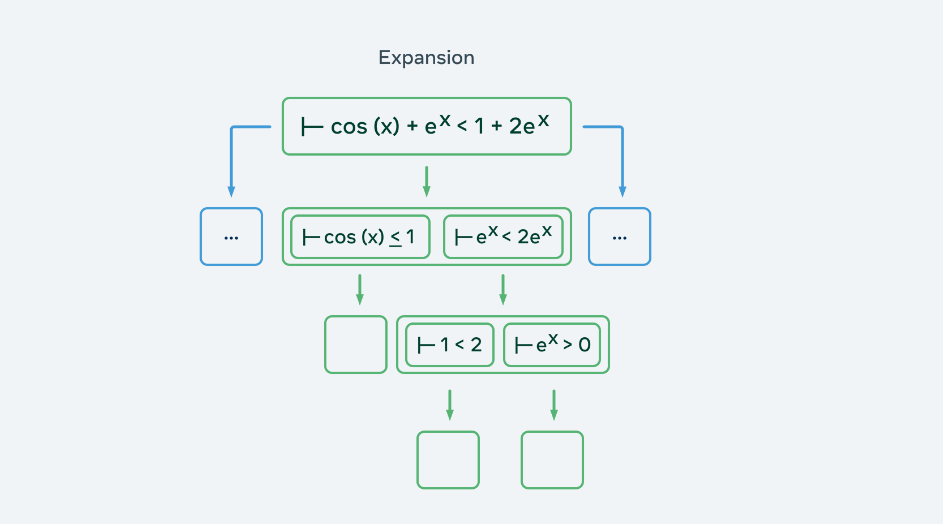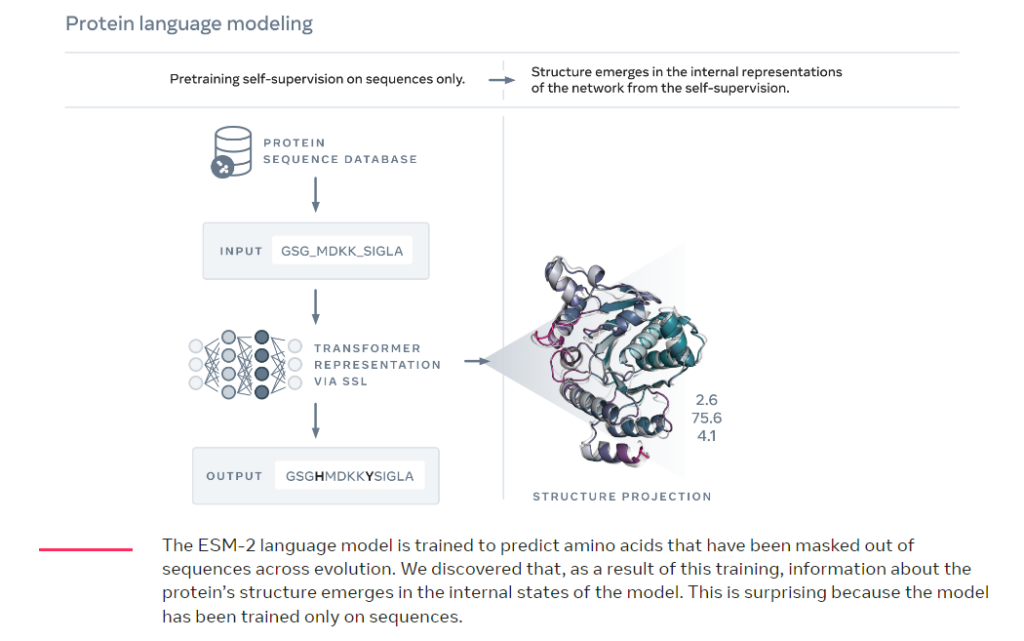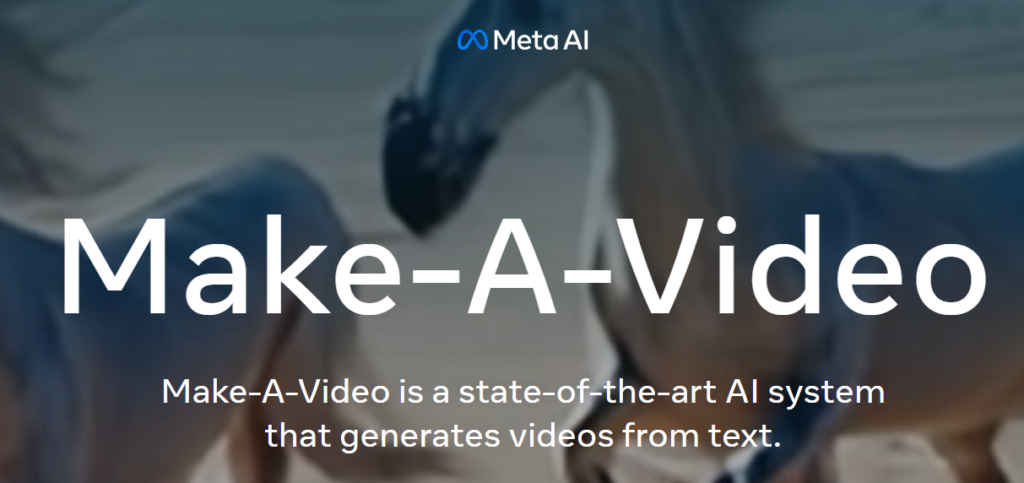After weeks of “less exciting” news in the AI space since the release of Llama 2 by Meta on July 18, 2023, there were a bunch of announcements in the last few days by major players in the AI space:
- Google/DeepMind: Bard extensions and multimodal LLM Gemini
- OpenAI: DALL-E3 and GPT-Vision in ChatGPT, Gobi
- Microsoft: Windows Copilot with DALL-E3 access
- Amazon: Generative AI in Alexa, $4B investment in Anthropic
- Meta: Meta AI, Ray-Ban, Emu, AI studio
Here are some links to the news of the last weeks:
- Sep 28, 2023, Amazon: Securely customize CodeWhisperer
- Sep 27, 2023, Meta: Meta AI assistant, Ray-Ban smart glasses, Emu, AI studio
- Sep 25, 2023, ChatGPT can now see, hear, and speak
- Sep 25, 2023, Amazon invests $4B in Anthropic, Claude in Bedrock
- Sep 25, 2023, Spotify clones voices and translates them
- Sep 21, 2023, Announcing Microsoft Copilot
- Sep 20, 2023, Amazon brings generative AI to Alexa
- Sep 20, 2023, OpenAI Announces DALL·E 3 in Research Preview
- Sep 20, 2023, GitHub Copilot Chat beta now available for all individuals
- Sep 19, 2023, Google Bard September update: App extensions
- Sep 19, 2023, OpenAI’s multimodal LLM GPT-Vision to beat Google Gemini
- Sep 16, 2023, DeepMind: LLMs can optimize their own prompts
- Sep 15, 2023, Google nears release of AI software Gemini
- Sep 15, 2023, Google Gemini: What We Know So Far
- Sep 13, 2023, Stable Audio by Stability AI for music & sound generation
- Sep 07, 2023, Anthropic introduces Claude Pro
- Sep 06, 2023, Falcon 180B
- Aug 31, 2023, Baidu launches Ernie chatbot
- Aug 29, 2023, Duet AI for Google Workspace now generally available
- Aug 28, 2023, Meta plans to take on GPT-4 with a rumored Llama 3
- Aug 28, 2023, Introducing ChatGPT Enterprise
- Aug 27, 2023, Google Gemini Smashes GPT-4 By 5X
- Aug 24, 2023, Introducing Code Llama
- Aug 22, 2023, GPT-3.5 Turbo fine-tuning and API updates
- Aug 22, 2023, ElevenLabs releases Eleven Multilingual v2
- Aug 21, 2023, MidJourney Adds Inpainting Feature
- Aug 16, 2023, Adobe Express with AI Firefly app is released worldwide
- Aug 10, 2023, ChatGPT expands its ‘custom instructions’ feature
- Aug 08, 2023, Announcing StableCode — Stability AI
- Aug 05, 2023, Tim Cook says Apple is building AI into ‘every product’
- Aug 03, 2023, Every single Amazon team is working on generative AI
- Aug 02, 2023, AudioCraft by Meta
- Jul 31, 2023, ChatGPT for Android in all countries
